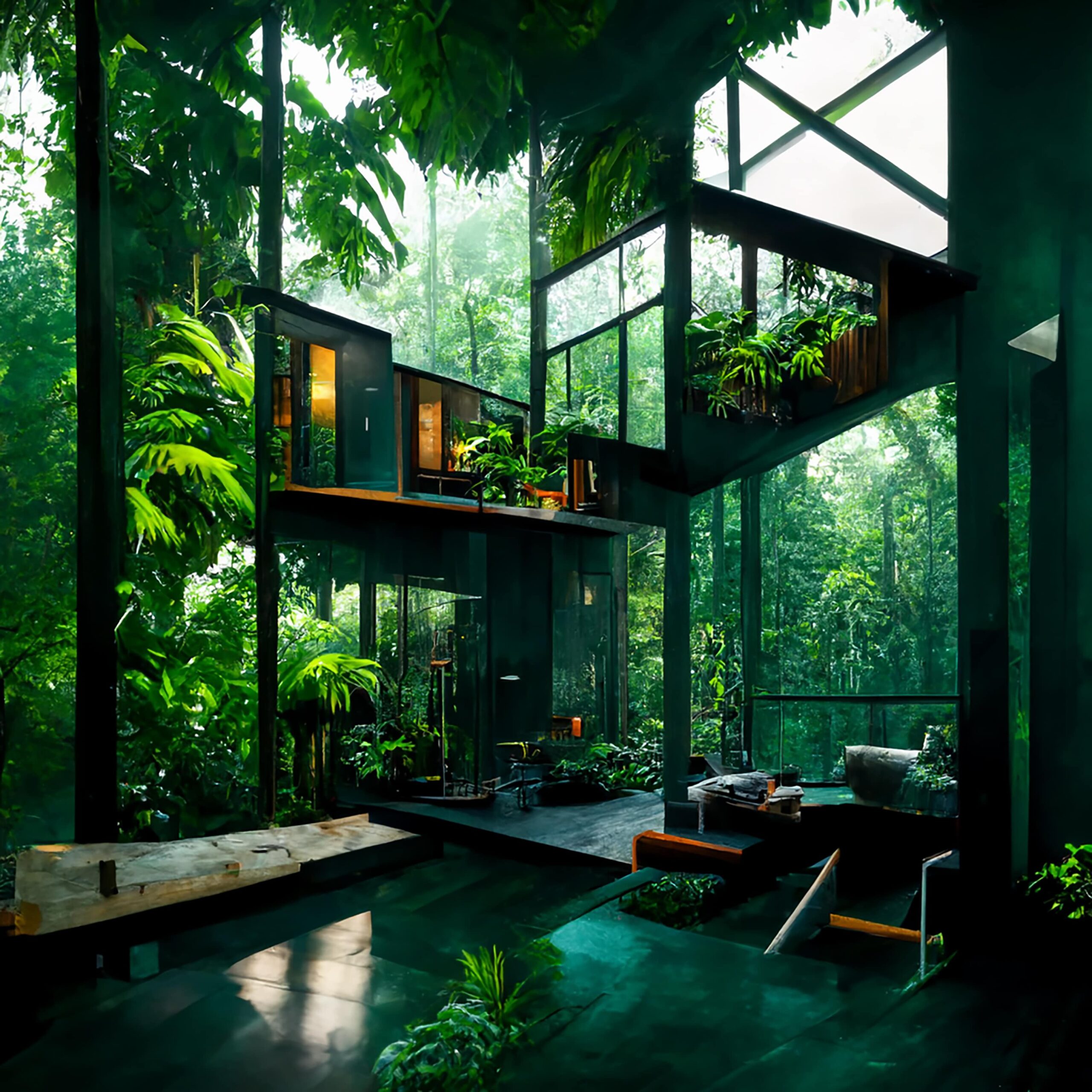In today’s fast-paced and technology-driven world, our connection with nature is often overlooked. However, a growing body of research shows that incorporating elements of nature into our built environment can have numerous benefits for our well-being and productivity. This design philosophy, known as biophilic design, seeks to bring nature indoors and create spaces that foster a deeper connection with the natural world.
Understanding Biophilic Design:
Biophilic design is rooted in the idea that humans have an innate affinity for nature. It acknowledges the profound impact that nature has on our physical, mental, and emotional well-being. By incorporating natural elements, such as plants, natural light, water features, and organic materials, the biophilic design aims to create spaces that evoke a sense of calm, inspiration, and connection.
Benefits of Biophilic Design:
The benefits of incorporating biophilic design principles into our living and working spaces are extensive. Research suggests that exposure to nature and natural elements can reduce stress levels, increase productivity, enhance creativity, improve cognitive function, and even accelerate healing processes. By bringing nature indoors, we can create environments that contribute to better mental health, increased focus, and overall well-being.
Here are some examples of how we can embrace biophilic design principles:
- Abundant Natural Light: Natural light is a fundamental aspect of biophilic design. Spaces need to be strategically positioned to maximize the entry of natural light, creating a bright and vibrant atmosphere that mimics the outdoors. Sunlight not only enhances visual comfort but also supports circadian rhythms, promoting a healthier sleep-wake cycle.
- Living Walls and Indoor Gardens: Greenery is an integral part of biophilic design. We should incorporate living walls and indoor gardens in various areas. These lush vertical gardens not only provide aesthetic appeal but also improve air quality by filtering out pollutants. People can enjoy the calming effects of nature whenever possible.
- Use of Natural Materials: The choice of materials is another crucial aspect of biophilic design. We should incorporate natural and sustainable materials, such as wood, stone, and bamboo, into the construction and interior design. These materials bring a sense of warmth, authenticity, and connection with the natural world, creating a harmonious environment.
- Views of Nature: Space should be designed to offer views of the surrounding natural landscape. People can enjoy glimpses of greenery, trees, and open spaces from various vantage points. These views provide a visual connection to nature, reducing feelings of confinement and promoting a sense of tranquility.
- Nature-Inspired Art and Graphics: Artwork and graphics inspired by nature should be strategically placed throughout the space. These artistic elements evoke a sense of wonder and appreciation for the natural world. People can engage with these installations, fostering creativity and a deeper understanding of the environment.
Biophilic design, while offering numerous benefits, has its fair share of shortcomings in interior design. Firstly, the cost factor poses a challenge. Implementing a biophilic design can be more expensive compared to traditional approaches. The incorporation of natural materials, live plants, and other elements of nature often comes with higher costs, including sourcing, installation, and ongoing maintenance expenses. This can make it less feasible for projects with limited budgets.
Another drawback is the maintenance and upkeep required for biophilic design elements. Living elements such as plants or water features need ongoing care and attention. Without proper management, these elements can become neglected, detracting from the intended design concept and potentially creating an unsightly or unhealthy environment.
Moreover, limited accessibility can hinder the full realization of biophilic design principles. Some interior spaces may lack access to natural light or outdoor views, making it challenging to incorporate these elements. Certain buildings or locations may impose restrictions, limiting the availability and implementation of biophilic design features.
Additionally, integrating biophilic design elements like living walls or water features may require significant structural modifications to the building. This can present practical challenges or limitations in certain spaces, making it difficult to fully execute the desired design vision.
While biophilic design has shown promising benefits, there is still a lack of extensive long-term research. While many studies have indicated positive effects on occupant well-being and productivity, further research is necessary to fully understand the long-term impact and potential limitations of biophilic design in interior spaces.
Lastly, sensitivity to allergies and health concerns should be considered. Some individuals may have allergies or sensitivities to certain natural elements used in biophilic design, such as pollen or specific plants. Careful consideration and selection of allergen-friendly options are crucial to ensure a healthy and inclusive environment for all occupants.
Despite these limitations, with careful planning, budgeting, and consideration of potential challenges, biophilic design can still create beautiful and sustainable spaces that connect people with nature.
Biophilic design has the power to transform our living and working spaces into environments that promote well-being, creativity, and productivity. At DOT School of Design, we recognize the importance of incorporating nature into our surroundings. By embracing biophilic design principles, we create an atmosphere that inspires students, faculty, and visitors, fostering a deeper connection with the natural world by helping them learn about it in a better environment. Through our commitment to biophilic design, we strive to nurture the creative minds of our students and provide them with an enriching and holistic learning experience.
For more blogs related to interior design: https://www.dotsod.in/category/spatial-design/
Follow us on: https://www.instagram.com/dotschoolofdesign/



